IRAM LOST CITY OF GIANTS

"ATLANTIS OF THE SAND"
The event around Iram's destruction is mentioned in The Lost Book of Enki. A war broke out between the gods some 5-6k years ago, it was Marduk v.s Enlilites. The Enlilites ruled most of Mesopotamia through lugals, 6-7' tall hybrids they manufactured. Enlil's geneticists inseminated, implanted, grafted, cloned and combined genes in test-tubes. They mixed gametes from Enlil and Ninmah with ova and sperm of Adapites from Ziasudra’s line. The result of using nuclear-type weapons created an evil wind which destroyed most of the settlements in Middle East, and probably took Iram with it.
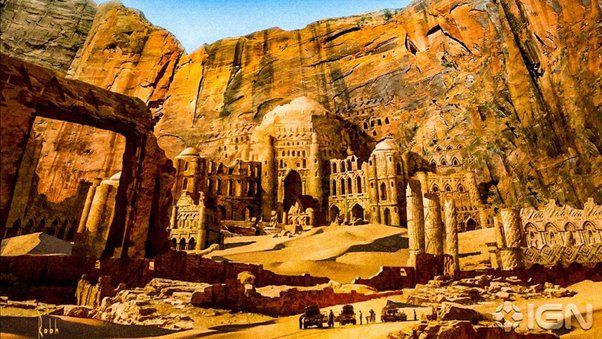
In modern times, the mystery of the lost city of Atlantis has generated a number of books, films, articles, web pages, and two Disney features. On a smaller scale, Arabia has its own legend of a lost city, the so-called "Atlantis of the Sands", which has been the source of debate among historians, archaeologists and explorers, and a degree of controversy that continues to this day.
In February 1992, The New York Times announced a major archaeological discovery in the following terms: "Guided by ancient maps and sharp-eyed surveys from space, archaeologists and explorers have discovered a lost city deep in the sands of Arabia, and they are virtually sure it is Ubar, the fabled entrepôt of the rich frankincense trade thousands of years ago." When news of this discovery spread quickly around the newspapers of the world, there seemed few people willing or able to challenge the dramatic findings, apart from the Saudi Arabian press.
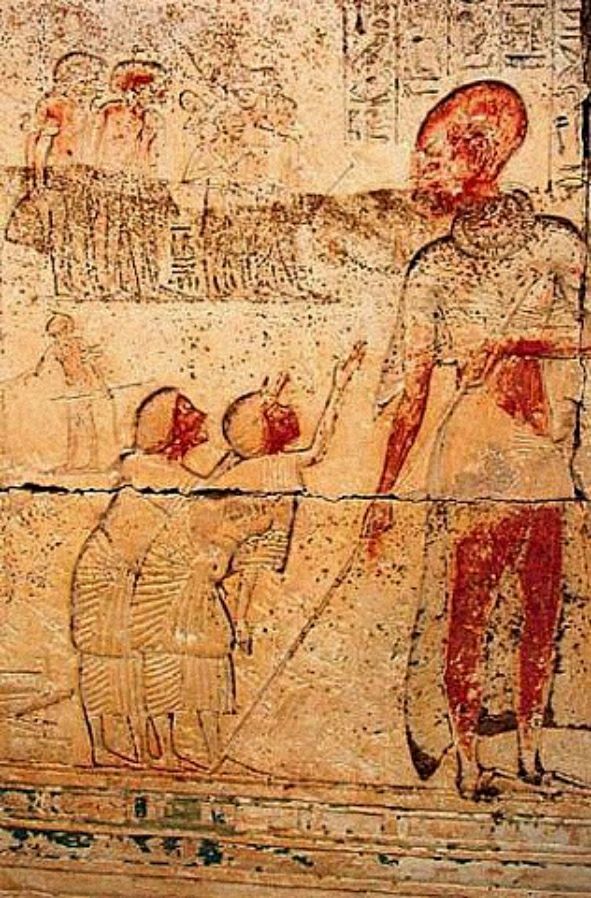
Known as Iram of the Pillars, the city has captured the imagination of poets, travelers and archaeologists. Its legacy has endured even in the current day. The video game Uncharted 3 includes a dramatic reconstruction of a lavish, sprawling metropolis emerging from the desert called Iram and similarly dubbed ‘The Atlantis of the Sands’.
Despite its popularity and lure for adventurers over past centuries, Iram remains relatively unknown and understudied. Its association with the fictional city of Atlantis has meant most identify Iram as part of folklore; a tale passed down from generation to generation relegated to the realm of pseudo-history.

As with many so-called myths and parables that repeatedly appear in ancient tradition, its origins are typically rooted in truth. The passage of time and memory often distort the original version entirely out of shape, creating a sensational rendition of an account that closer resembles a fantasy trilogy.
The discovery was the result of the work of a team of archaeologists led by Nicholas Clapp, which had visited and excavated the site of a Bedouin well at Shisr (18° 15' 47 N" 53° 39' 28" E) in Dhofar province, Oman. The conclusion they reached, based on site excavations and an inspection of satellite photographs, was that this was the site of Ubar, or Iram of the Pillars, a name found in the Quran which may be a lost city, a tribe or an area. Sir Ranulph Fiennes, another member of the expedition, declared that this was Omanum Emporium of Ptolemy's famous map of Arabia Felix.
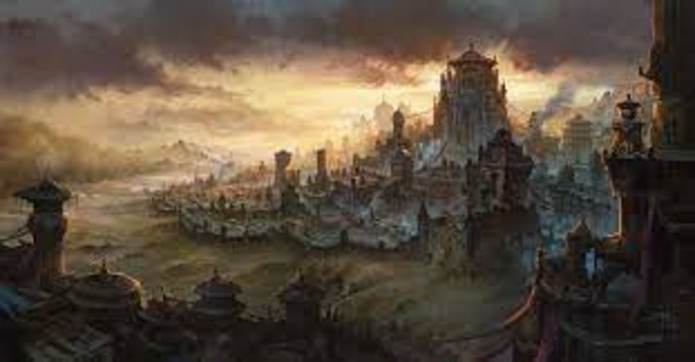
A contemporary notice at the entrance to an archaeological site at Shisr in the province of Dhofar, Oman, proclaims: "Welcome to Ubar, the Lost City of Bedouin Legend".
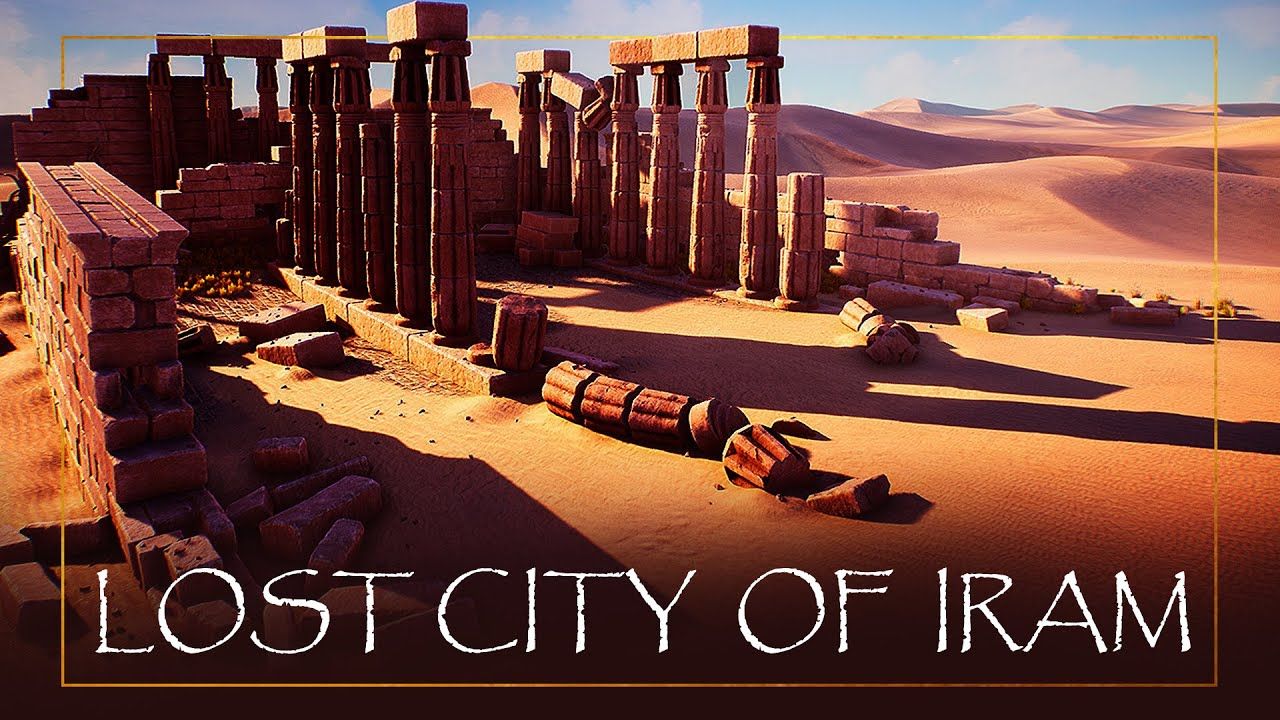
Nicholas Clapp's search for Ubar began after he read Thomas' book Arabia Felix. Clapp had just returned from Oman, having helped to stock an oryx sanctuary on the Jiddat al Harassis, and was inspired by Thomas' references to the lost city of Ubar. He began his search for Ubar in the library of the University of California in Los Angeles, and found a 2nd-century AD map by the Alexandrian geographer Claudius Ptolemy which showed a place called "Omanum Emporium". He speculated that this might be the location of Ubar, situated on the incense route between Dhofar and the Mediterranean region.
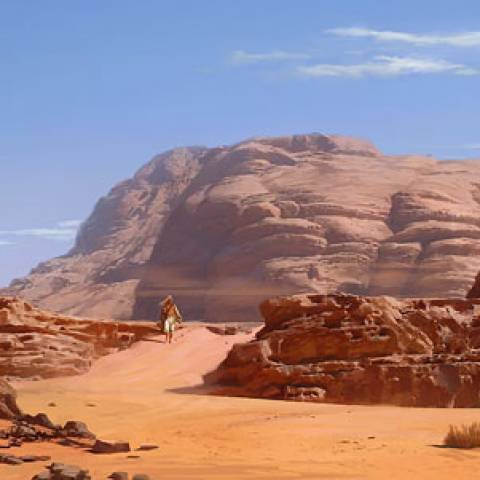
Aware that Mayan remains had been identified from aerial photographs, Clapp contacted NASA's Jet Propulsion Laboratory and obtained satellite images of Dhofar. These helped to identify ancient camel tracks hidden beneath the shifting sands of the desert which in turn might identify places of convergence such as wells and ancient cities.
After Clapp's team had visited a number of possible sites for Ubar, they found themselves drawn back to the crumbling ruin at Shisr. Although the fort had been written off as being no more than a few hundred years old by the earlier explorers, Clapp's team began to speculate that the fort had been rebuilt in the 1500s on the remains of a far more ancient site.

Under the direction of Juris Zarins, the team began excavation, and within weeks had unearthed the wall and towers of a fortress dating back more than 2,000 years. Clapp suggested that the evidence was "a convincing match" for the legendary lost city of Ubar. The city's destruction, he postulated, happened between A.D. 300 and 500 as the result of an earthquake which precipitated the collapse of the limestone table; but it was the decline of the incense trade, which led to the decline of the caravan routes through Shisr, that sealed Ubar's fate.
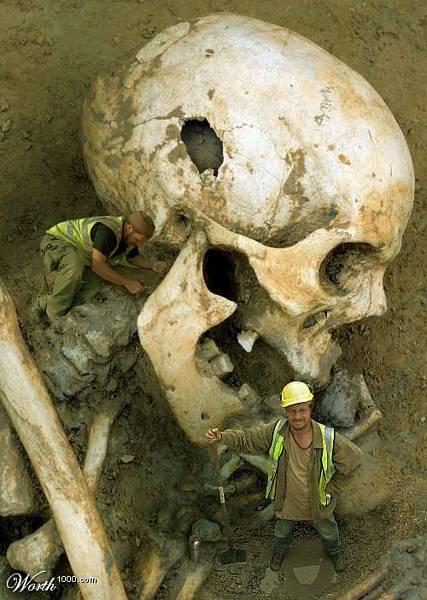
THINGS YOU MAY NOT KNOW: Bertram Thomas' guide pointed to wide tracks between the dunes and said: "Look, Sahib, there is the way to Ubar. It was great in treasure, with date gardens and a fort of red silver. It now lies beneath the sands of the Ramlat Shu’ait."Thomas also wrote, "on my previous journeys I had heard from other Arabs of the name of this Atlantis of the Sands, but none could tell me of even an approximate location. Atlantis of the Sands refers to a legendary lost city in the southern deserts of the Arabian Peninsula, thought to have been destroyed by a natural disaster or as a punishment by God.
THINGS YOU MAY WANT TO SAVE: HISTORY OF MANKIND AND CIVILIZATION.
ZENTRAVELER SAYS: IT'S AMAZING WHAT WE DONT KNOW? USING THE LATEST TECHNOLOGY ARCHAEOLOGISTS PROJECT THESE GIANT CIVILIATIONS MAY HAVE EXISTED MORE THAN ELEVEN THOUSAND YEARS AGO... ALONG WITH THE ICE AGE AND EXPLAINS HOW THESE HUGE TEMPLES WERE BUILT. HUGE ROCKS PERFECTLY CUT SOME WEIGHING FIFTY TONS. THESE HEAVY ROCKS COULD HAVE NEVER BEEN MOVED BY LOCAL HUNTER GATHERS AS DEPICTED IN THE CIVILIZATION TIME-LINE.
From here to Infinity is a relatively short ride! The next leg takes eons and eons as you fly through the Barycentric Dynamical Time Zone! …and on and on and on. Follow the Zentraveler Newsletter often for Travel, Health and Zen-like stories and such. Where else can you get a THREE IN ONE NEWSLETTER FOR THE PRICE OF FREE.

ZENTRAVELER IS A PERSONAL NEWSLETTER, DESIGNED TO GIVE TRAVEL, HEALTH, WRITING AND HUMOR INCLUDING HELPFUL HINTS WITH A ZEN LIKE QUALITY.
